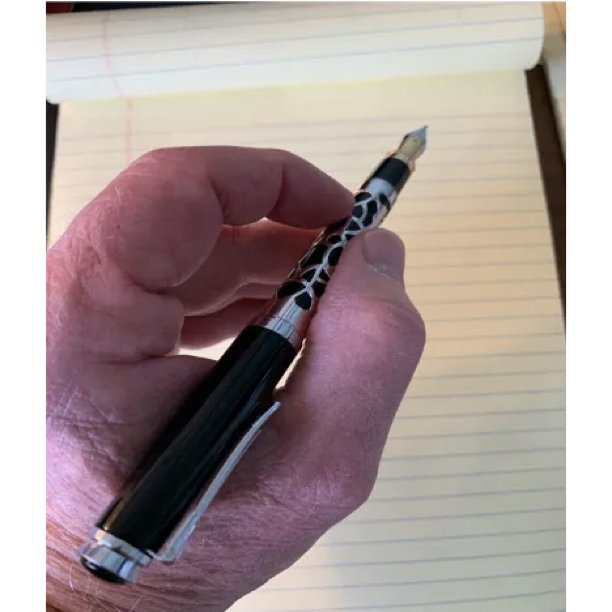Hemingway - A Fine or Devouring Madness?
So where does the renowned novelist Hemingway begin and his madness end? As a journalist, I have explored the connection between genius and madness with Kay Redfield Jamison, a psychiatry professor at Johns Hopkins and an individual living with manic-depression—thus a true expert. In her book, “Touched with Fire,” she analyzes the lives of many great artists—like Hemingway—whose genius was either a cause or effect of a profound mental aberration
Scientific American published a blog summary of a talk Jamison delivered to the Society of Neuroscience on this phenomenon in 2013, suggesting it could be predetermined.
Madness and creativity—a Fateful Chemistry
“The genetic backbone to mental illness is strong. Ernest Hemingway and his supermodel granddaughter Margaux Hemingway both killed themselves. Separated from one another in environment and experience by a generation, their fates were inevitably tethered by their DNA. In all, seven members of the Hemingway family died at their own hand,” according to the article.
In Hemingway’s day, his condition was called “manic-depression”; however, this diagnosis has been updated to “bipolar” illness. It seems bipolarity is a better description, because for these gifted and/or afflicted individuals there literally is no middle ground…or it’s always shifting.
It is a mental state not so much governed by external events—love, injury, job loss or success—which have limited if intense effects on mood, and are generally reality centered. The bipolar person’s mind is like a pendulum—it never stops moving in one direction or another, high or low. There is no equilibrium. Thus, the individual is always left to second guess thoughts and actions, knowing that they’re likely to reverse course over time…or at any time, a condition called cyclothymia, or rapid cycling. Drugs can blunt the swing but managing moods remains a challenge.
The Shifting Realities of Bipolar Disease
Perhaps, the confounding problem with Hemingway and others who suffer from lesser forms of bipolarity, is that in the moment certainty and inevitability are alloyed into each mood swing. There is not a scintilla of doubt that what you’re doing is absolutely true, only to wake up and discover that you’ve broken all the china in the emotional cabinet. It’s hard to put the pieces together on a daily basis—this is a load on friends and family—particularly wives who endure constant collateral damage—and Hemingway had four.
“The world breaks everyone and afterward many are strong in the broken places,” wrote Hemingway in a “Farewell to Arms”, seemingly a prospective and self-reflexive observation about his own interpersonal turmoil.
Most bipolar people are not great geniuses, though they may have creative abilities as Jamison argues. Still bipolarity can be checked and balanced by reality—other people intervene, or the person realizes his/her plight and adjusts. However, when you combine dazzling literary talent, fame, acclaim, good looks and charm…and a Nobel Prize thrown into the mix—then how do you stop the raging mental fire when more and more kindling is heaped on the blaze?
Greatness Minted in Madness
Was Hemingway a genius who was incidentally sick, or a psychotic who was driven to craft immortal prose? Does it matter? From a literary point of view perhaps not, but his behavior continued to deteriorate over time.
If his moods could have been controlled, would treatment have compromised his art? Electro-shock therapy apparently hindered Hemingway’s memory and ability to write as did numerous serious head injuries.
If we were able to short-circuit mental illness in artists somehow, what would we lose in terms of their greatness? Genetics and epigenetic changes have conspired to create a Faustian contract that is at once cruel and divine—for those who strike the bargain. But with this suffering comes a reward, if not for the artist, then for us.
“Thus, the seeds of madness survive like weeds in the human gene pool because, while not pretty, they are needed,” in Jamison’s view.
Meanwhile, Burns leaves us with a hopeful image from one of Hemingway’s most acclaimed short stories, “The Snows of Kilimanjaro.” The protagonist, Harry, a dying writer on safari, ultimately finds meaning in his struggle.
“ [A]ll he could see, as wide as all the world, great, high, and unbelievably white in the sun, was the square top of Kilimanjaro. And then he knew that there was where he was going."
Hemingway’s mind may have been his Africa—something that’s hard to tame, like the wild game he pursued. Maybe that’s why he loved the hunt. Hemingway was ultimately targeting the unknown in himself. In the end, he found the answer he’d been fearing all along.

